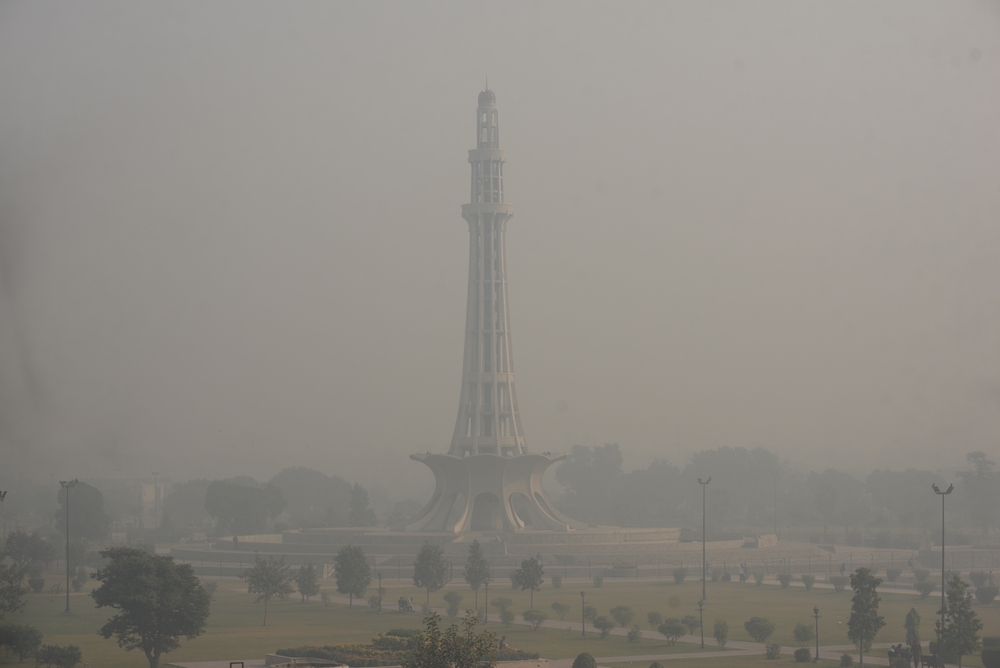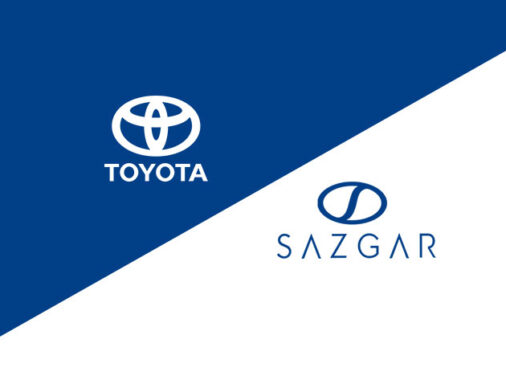There was a time when winters in Lahore was a serene transformation. The vibrant green foliage of summer used to fades into hues of amber and gold as dry leaves begin to fall, whilst the afternoon sun casts a soft, golden light on city’s iconic landmarks.
However, this natural beauty has now been overshadowed by the persistent blanket of smog that envelopes the city. Instead of clear skies and crisp air, the smog dims the winter glow, obscuring the once-refreshing breeze with a heavy, polluted haze, stealing the city’s winter charm.
To combat this whammy, the provincial government has implemented stricter measures to curb air pollution. In a recent initiative, authorities have imposed restrictions on certain vehicles, particularly those emitting excessive pollutants.
Traffic officers have been actively monitoring major city entry and exit points, including Thokar Niaz Baig and Babu Sabu, to enforce these restrictions. Vehicles without proper tarpaulins or protective gear, such as tractor-trolleys, are being denied entry to the city. In addition, vehicles emitting excessive smoke are being impounded.
Over the past month, Lahore police have impounded approximately 780 vehicles that were identified as significant sources of pollution. Strict penalties have also been imposed on heavy trucks carrying sand and dust, as well as vehicles that fail to meet fitness standards.
To further enhance enforcement efforts, the city’s traffic police are utilizing artificial intelligence tools to monitor and ticket vehicles during nighttime hours. This technological advancement aims to improve efficiency and effectiveness in combating air pollution.
Precautionary Measures
To combat smog and improve air quality, citizens can take the following precautionary measures:
Reduce vehicle usage: Opt for carpooling, public transportation, or walking short distances to minimize emissions.
Maintain vehicle health: Regularly service your vehicle to ensure optimal performance and reduce pollution.
Avoid burning waste: Burning waste, especially plastic and rubber, releases harmful pollutants into the air.
Plant trees: Trees absorb carbon dioxide and release oxygen, helping to improve air quality.
Use air purifiers: Indoor air purifiers can help filter out pollutants and improve indoor air quality.
Stay informed: Stay updated on air quality alerts and advisories issued by local authorities.
By taking these simple steps, individuals can contribute to improving air quality and reducing the impact of smog on their health and the environment.
The provincial has urged citizens to support these efforts and contribute to improving air quality. By working together, we can create a cleaner and healthier environment for future generations.






